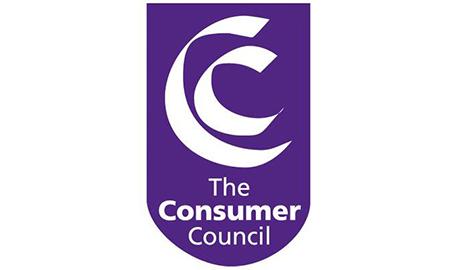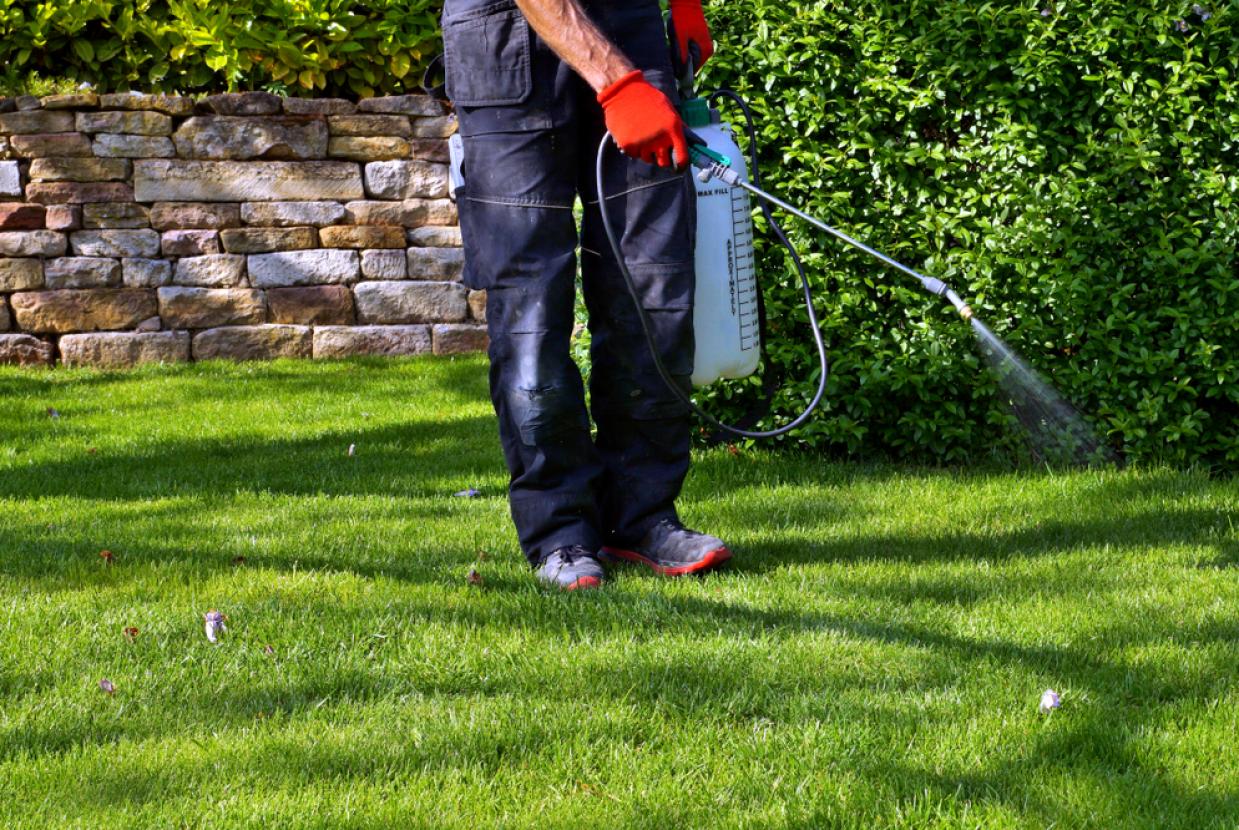Go Green: Top Tips To Spot Misleading Claims
ConservationMore people want to buy sustainable and environmentally friendly products but often it is hard to tell which products are actually best for the environment. Misleading green claims (also referred to as greenwashing) are when a product or service is made to appear more environmentally friendly than it really is.
Greenwashing
Some examples include:
- Using environmental imagery: Using images such as flowers, trees or beaches to invoke the feeling or perception that a product is environmentally friendly.
- Using vague or broad environmental claims: marketing a product as ‘eco-conscious’, ‘carbon-neutral’, ‘sustainable’ or ‘better’ for the environment with no evidence.
- Hidden tradeoffs: When organisations, or their product/service, advertise as green but aspects of their development are in fact exploitative or bad for the environment.
Consumers are becoming increasingly environmentally aware and are making more buying decisions based on the environmental impact of the product/service. In 2021, UK shoppers spent over £130 billion on household essentials*, of which a significant number are marketed as green or environmentally friendly. This includes up to 91% of dishwashing items and 100% of toilet products **.
Consumer Tips
To make sure you are making informed choices, here are some steps you can take to ensure that the product you are buying is as environmentally friendly as it claims:
- Do some research: If you see something vague or suspect on a label, go to the company’s website to substantiate their claims.
- Look for certification: A company may make claims on their labels, make sure that these are accompanied by a certification label.
- Watch out for environmental imagery: Just because a product features picturesque backgrounds and landscapes, does not mean that they are environmentally friendly.
- Check wording: Terms such as ‘green’, ‘eco-friendly’ or ‘organic’ are commonly used but may not be true. Look for accompanying certifications to substantiate these claims.
- Packaging: Many companies use unnecessary and excessive packaging. Look for minimal and recyclable packaging materials.
- Ask questions: Companies that are environmentally friendly should welcome questions and be able to back up environmental claims with evidence.
- It’s all relative: Watch out for companies who make comparisons such as ‘being greener’ than their competitor. This does not guarantee that their own practices are sustainable or environmentally friendly.
For further information, you can visit the Competition and Markets Authority (CMA) Green Claims Campaign website.





















